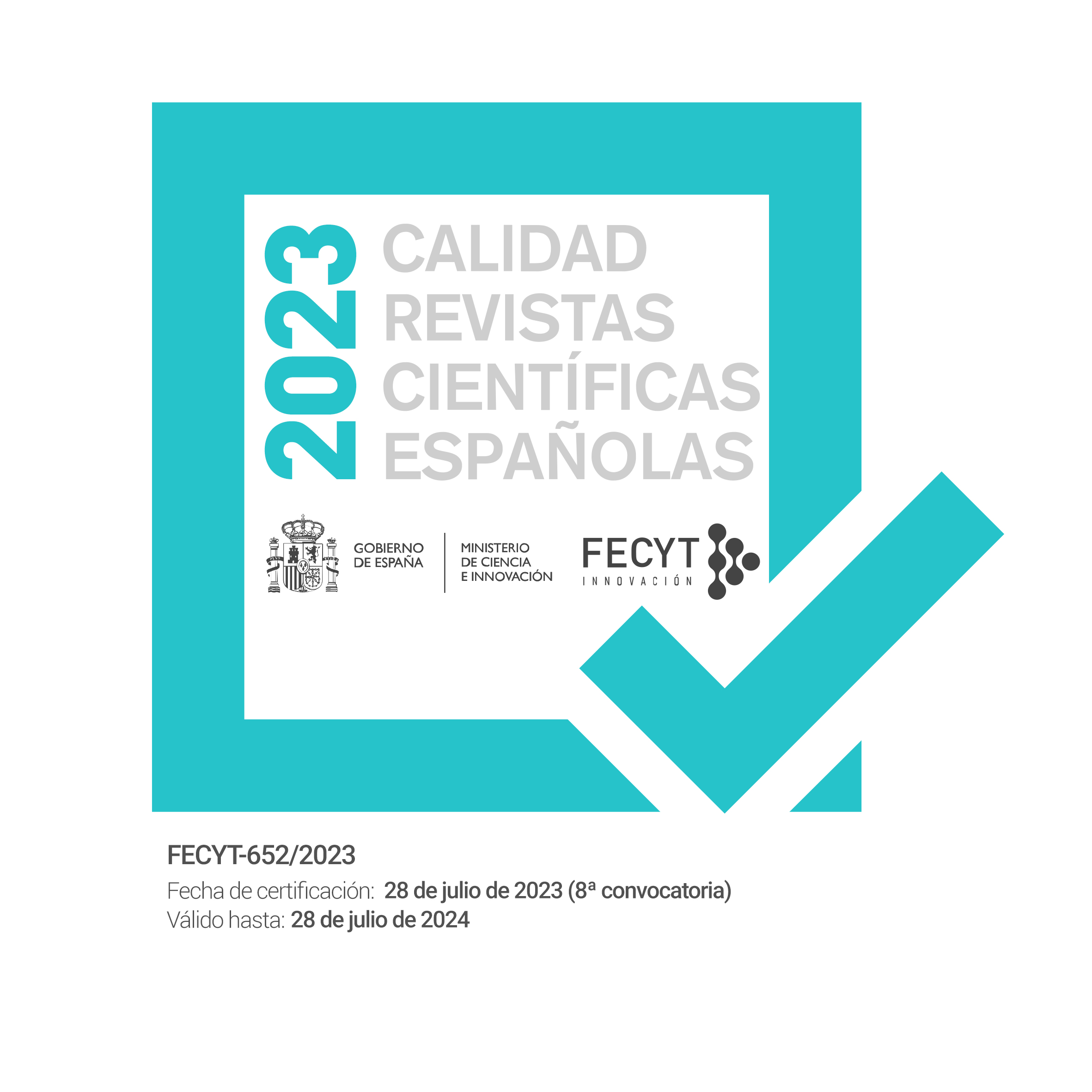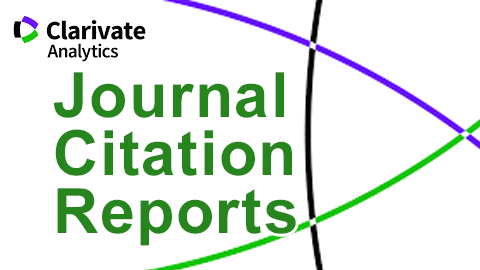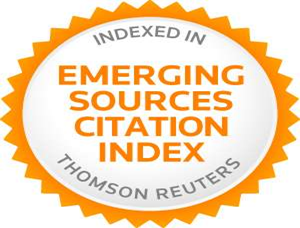Los efectos del Aprendizaje-Servicio en la adquisición de la variación regional por aprendices de español en un contexto de inmersión: El caso del leísmo vallisoletano
Resumen
Resumen. Después de dos décadas de investigación sobre el impacto de la inmersión en aprendices de español como segunda lengua, aún queda por responder preguntas relativas al grado de exposición de estos a la comunidad local y la adquisición de los patrones de la variación lingüística común a una determinada comunidad de habla. Este artículo explora hasta qué punto dos grupos de aprendices de español adquirieren estructuras variables del lenguaje, específicamente, el fenómeno del leísmo, mientras participan en dos tipos de programas de inmersión durante un periodo de cuatro meses en Valladolid (España). Los resultados indican que los aprendices que mantienen un mayor contacto con la comunidad meta incluyen significativamente las formas no convencionales en su competencia sociolingüística. Este estudio contribuye a conocer mejor la adquisición de la variación regional, así como marca el inicio de un nuevo capítulo sobre los efectos del voluntariado internacional en el desarrollo de la interlengua.
Palabras clave: español como segunda lengua, inmersión, variación regional, leísmo, voluntariado en la comunidad.
The effects of Service-Learning on the acquisition of regional variation by Spanish language learners in an immersive context: The case of leismo in Valladolid
Abstract. After two decades of research on the impact of immersion on learners of Spanish, questions pertaining to the degree of exposition to the local community and the acquisition of patterns of language variation common to a particular community remain unanswered. This article explores the extent to which two groups of learners of Spanish acquire variable structures of language –specifically, the leísmo phenomenon– while participating in two types of a four-month study abroad immersion program in Valladolid (Spain). The results indicate that the learners that have a greater contact with the target community incorporate considerably the non-standard forms into their sociolinguistic competence. This study contributes to add further knowledge about the acquisition of regional variation, and to open a new chapter in the effects of international service-learning in the interlanguage development.
Keywords: L2 Spanish, immersion, regional variation, leismo, service-learning.
Citas
American Council on the Teaching of Foreign Languages (ACTFL). (2011). A Decade of Foreign Languages Standards: Impact, Influence, and Future Directions. Consulta: 15 de julio de 2014, en http://www.actfl.org/files/public/nationalstandards-2011.pdf
Autor. (2010).
Autor. (2011).
Autor. (2014a).
Autor. (2014b).
Autor y co-autor. (2012).
Bachman, L.F. (1990). Fundamental Considerations in Language Testing. Oxford: Oxford University Press.
Batlle Suñer, R. (2013). El Aprendizaje-Servicio en España: El contagio de una revolución pedagógica necesaria. Madrid: PPC. Colección Educar.
Bowley, E. y J. Meerepool. (2003). Service-Learning in higher education: Trends, research, and resources. Generator, 21 (3): 12-16.
Boyle, J. P. y D. M. Overfield. (1999). Community-based Language Learning: Integrating Language and Service. En J. Hellebrandt y L. T. Varona (eds.), Construyendo puentes (Constructing Bridges): Concepts and Models for Service Learning in Spanish (pp. 137-147). Washington, DC: American Association for Higher Education.
Bringle, R. G. y Hatcher, J.A. (1996). Implementing Service Learning in Higher Education. Journal of Higher Education, 67 (2): 221-239.
Cubillos, J. (2013). Community Engagement and Proficiency Gains in Short Term Study Abroad Programs. NECTFL Review, 71: 17-36.
DuBois, J.W. (2014). Transcription symbols by Delicacy: Levels 1-4. Voicewalker. [Documento de Internet disponible en http://www.linguistics.ucsb.edu/projects/transcription/tools.html].
Flores-Cervantes, M. (2002). Leísmo, laísmo y loísmo. Sus orígenes y evolución. México: CONACULTA. INAH.
Geeslin, K.L., García-Amaya, L, Hasler-Barker, M., Henriksen, N. y Killam, J. (2010). The SLA of Direct Object Pronouns in a Study Abroad Immersion Environment Where Use Is Variable. En C. Borgonovo, M. Español-Echevarría y P. Prévost (eds.), Selected Proceedings of the 12th Hispanic Linguistics Symposium (pp. 246-259). Somerville, MA: Cascadilla Proceedings Project.
Geeslin, K.L. y Gudmestad, A. (2008). The acquisition of variation in second-language Spanish: An agenda for integrating studies of the L2 sound system. Journal of Applied Linguistics, 5 (2): 137-157.
Geeslin, K. L. y Fafulas, S. (2012). Variation in the simple present and present progressive forms: A comparison of native and non-native speakers. En K. Geeslin y M. Díaz-Campos (eds.), Selected proceedings of the 14th Hispanic Linguistics Symposium (pp. 179-196). Somerville, MA: Cascadilla Press.
George, A. (2013). The Development of Castilian Dialectal Features During a Semester Abroad in Toledo, Spain. Tesis doctoral. University of Minnesota.
George, A. (2014). Study Abroad in Central Spain: The Development of Regional Phonological Features. Foreign Language Annals, 47 (1): 97-114.
Grabois, H. (2007). Service-Learning throughout the Spanish Curriculum: An Inclusive and Expansive Theory-Driven Model. En A. J. Wurr y J. Hellebrandt (eds.), Learning the Language of Global Citizenship: Service-Learning in Applied Linguistics (pp. 164-189). Bolton, MA: Anker.
Hale, A. (1999). Service Learning and Spanish: A Missing Link. En J. Hellebrandt y L. T. Varona (eds.), Construyendo puentes (Constructing Bridges): Concepts and Models for Service Learning in Spanish (pp. 9-31). Washington, DC: American Association for Higher Education.
Hellebrandt, J. y Jorge, E. (2013). The scholarship of community engagement: Advancing
partnerships in Spanish and Portuguese. Hispania, 96 (2): 203-214.
Hernández Campoy, J.M. y Almeida, M. (2005). Metodología de la investigación sociolingüística. Málaga: Comares.
Hopper, P. y Thompson, S. (1980). Transitivity in grammar and discourse. Language, 45: 251-299.
Klein-Andreu, F. (1979). Factores sociales en algunas diferencias lingüísticas en Castilla la Vieja. Revista de Sociología, 11: 46-67.
Klein-Andreu, F. (1999). Variación actual y reinterpretación histórica. En M.J. Serrano (ed.), Estudios de variación sintáctica (pp. 197-220). Madrid-Frankfurt: Vervuert- Iberoamérica.
Klein-Andreu, F. (2000). Variación actual y evolución histórica: los clíticos le/s, la/s, lo/s. LINCOM studies in Romance linguistics, 16. Munchen: LINCOM Europa.
Knouse, S. M. (2013). The acquisition of dialectal phonemes in a study abroad context: The case of the Castilian theta. Foreign Language Annals, 45(4): 512-542.
Lafford, B. A. (2012). Languages for specific purposes in the United States in a global context: Commentary on Grosse and Voght (1991) revisited. Modern Language Journal, 96: 1-27.
Lafford, B.A. (2013). The Next Frontier: A Research Agenda for Exploring Experiential Language Learning in International and Domestic Contexts. En J. Cabrelli Amaro et al. (eds.), Selected Proceedings of the 16th Hispanic Linguistics Symposium (pp. 80-102). Somerville, MA: Cascadilla Proceedings Project.
Lafford, B. A. y Uscinski, I. (2014). Study abroad and second language Spanish. En K. Geeslin (Ed.), Handbook of second language Spanish (386-403). Boston: Wiley-Blackwell.
Larson-Hall, J. (2010). A guide to doing statistics in second language research using SPSS. New York: Routledge.
Mackey, A., Abbuhl, R., y Gass, S. (2012). Interactionist approaches. En S. M. Gass, y A. Mackey (eds.), The Routledge handbook of second language acquisition (pp. 7-23). London: Routledge.
Martinsen, R. A., Baker, W., Dewey, D., Bown, J. y Johnson, C. (2010). Exploring diverse settings for language acquisition and use: Comparing study abroad, service learning abroad, and foreign language housing. Applied Language Learning, 20: 45-69.
Morris, F. A. (2001). Enhancing Motivation and Promoting Positive Attitudes toward Second Language Learning through Community Experience. En G. Bräuer (ed.), Pedagogy of Language Learning in Higher Education: An Introduction (pp. 47-60). Westport, CT: Ablex.
Mougeon, R., Nadasdi, T., y Rehner, K. (2010). The sociolinguistic competence of immersion students. Bristol, Buffalo: Multilingual Matters.
Mullaney, J. (1999). Service-Learning and Language-Acquisition Theory and Practice. En J. Hellebrandt y L. T. Varona (eds.), Construyendo puentes (Constructing Bridges): Concepts and Models for Service Learning in Spanish (pp. 49-60). Washington, DC: American Association for Higher Education.
Navarro, S. (2012). Conversing in Spanish at a Seniors Center: A Brief Experience of Community-Based and Foreign-Language Learning. Sino-US English Teaching, 9 (10): 1590-1600.
Overfield, D. (1997). An approach to service in the foreign language classroom. Mosaic, 4: 11-13.
Pellettieri, J. (2011). Measuring Language-related Outcomes of Community-based Learning in Intermediate Spanish Courses. Hispania, 94 (2): 285-302.
Plann, S. J. (2002). Latinos and Literacy: An Upper-Division Spanish Course with Service Learning. Hispania, 85 (2): 330-338.
Regan, V., Howard, M., y Lemée, I. (2009). The Acquisition of Sociolinguistic Competence in a Study Abroad Context. Buffalo: Multilingual Matters.
Rehner, K. (2002). The development of aspects of linguistic and discourse competence by advanced second language learners of French. Tesis doctoral. University of Toronto, Toronto.
Ringer-Hilfinger, K. (2012). Learner acquisition of dialect variation in a study abroad context: The case of the Spanish [θ]. Foreign Language Annals, 45(3): 1-17.
Siegel, J. (2010). Second dialect acquisition. Cambridge, Cambridge University Press.
Slimbach, R. (1995). Revitalizing the Liberal Arts Through Service-Based Learning. Manuscrito sin publicar. En A. Hale (1997) Second Language Acquisition & Cultural Understanding through Service Learning in Higher Education. Tesis doctoral. University of San Francisco, California.
Tomasello, M. (2000). First steps toward a usage-based theory of language acquisition. Cognitive Linguistics, 11 (1-2): 61-82.
Vande Berg, M., Paige, R. M. y Lou K. (2012). Student learning abroad: Paradigms and assumptions. En M. Vande Berg, R. M. Paige y K. Lou (eds.), Student learning abroad: What our students are learning, what they’re not, and what we can do about it. Sterling, VA: Stylus.
Varona, L. T. (1999). La comunidad en el aula y el aula en la comunidad: Un modelo. Hispania, 82 (4): 806-816.
Weldon, A. y G. Trautmann. (2003). Spanish and Service-Learning: Pedagogy and Praxis. Hispania, 86 (3): 574-585.
Zapata, G. C. y Tokarz, W. (2008). Community Service Learning and L2 Students’ Intercultural Communicative Competence. En M. Mantero, P. Chamness Miller y J. L. Watzke (eds.), Readings in Language Studies, Vol. 1, Language Across Disciplinary Boundaries (pp. 281-297). Wilmington, DE: International Society for Language Studies.
Zapata, G. C. (2011). The Effects of Community Service Learning Projects on L2 Learners’ Cultural Understanding. Hispania, 94 (1): 86-102.
Descargas
Publicado
Número
Sección
Licencia
Reconocimiento – No comercial (CC BY-NC). Bajo esta licencia el usuario puede copiar, distribuir y exhibir públicamente la obra y puede crear obras derivadas siempre y cuando estas nuevas creaciones reconozcan la autoría de la obra original y no sean utilizadas de manera comercial.
Los autores retienen todos sus derechos de publicación y copyright sin restricciones.








